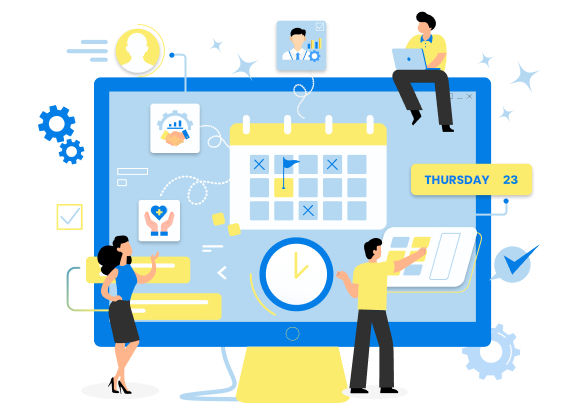Web 3.0 for Beginners: The Decentralized Internet
- coffee059
- Feb 22, 2023
- 2 min read

The World Wide Web (WWW or Web) is an information space in which documents and other web resources are identified by Uniform Resource Locators (URLs), interlinked by hypertext links, and accessible via the Internet. The Web is a global network of connected computers that communicate and share information through the Internet. In this article, we'll explore what Web 3.0 is, how it works, and its potential implications for the future of the Internet.
The current state of the Internet
Today, the Internet is dominated by centralized systems controlled by large corporations and government entities. This centralization has led to a need for more privacy, security, and control for Internet users. For example, personal data is often collected and sold to advertisers, while governments and corporations censor online content. Centralized systems are also vulnerable to cyberattacks, data breaches, and other security risks.
Evolution of Web
Web 1.0 (1993-2004): Characterized by static HTML pages and limited user interactivity.
Web 2.0 (2004-2009): Characterized by dynamic and user-generated content, social media, and increased collaboration and communication between users.
Web 3.0 (2010-present): Characterized by decentralized technology (e.g., blockchain), semantic web (structured data), and artificial intelligence. Web 3.0 emphasizes greater privacy, security, and user control over data.
Emerging technologies: Including the Internet of Things (IoT), artificial intelligence, and virtual/augmented reality, are expected to shape the future of the web.
Web 3.0 and Decentralization
Web 3.0 aims to address these issues by leveraging blockchain technology to create a decentralized Internet. Blockchain is a distributed ledger that stores data securely and transparently. In a decentralized network, no central authority controls the data, as all nodes in the network have equal control and access to the data. In Web 3.0, users own their data, and transactions and storage are managed through decentralized applications or dApps. Unlike centralized apps, dApps run on a decentralized network and are not controlled by any single entity. This means that users have complete control over their data, and there is no central point of failure that malicious actors can exploit. Web 3.0 and the Future of Internet Decentralized Identity:
Web 3.0 allows users to control their digital identity, making it impossible for any central authority to control or manipulate their online data. This means that users can authenticate themselves on the Internet without relying on third-party authentication systems.
Improved Security:
Decentralization eliminates the central points of failure in centralized systems, making it much more difficult for cybercriminals to exploit vulnerabilities. This results in a much more secure Internet, where users can be confident that their data is protected.
Increased Privacy:
Web 3.0 eliminates the need for users to trust third-party organizations with their personal data. This means that users can have more control over who has access to their personal information and how it is used.
Greater Censorship Resistance:
Any single entity does not control Web 3.0, making it much more difficult for governments and corporations to censor online content. This means that users can access and share information freely and without fear of censorship.
Better Data Ownership:
In Web 3.0, users own their data, which is stored in a decentralized network. This means that users can control how their data is used and even monetize their data by selling access to it.
Original source posted by Addweb solution








Comments